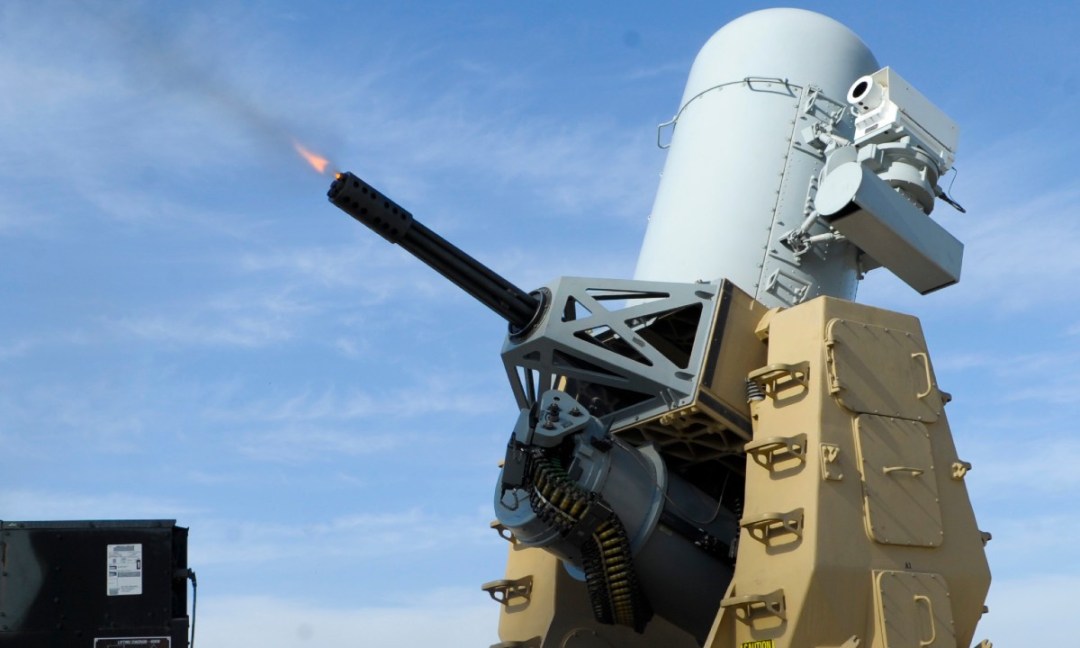When the CCV was initiated - 2006 - we were finding LAVs getting severely beaten up by IEDs (and RPGs) and were looking for something heavier. Note that the RFP did not require tracks and all but the CV90 were wheeled offerings. By the time the project came to fruition - December of 2013 - the following factors were at play:
a) Canada had been out of Afghanistan for several years;
b) the CDS had proudly proclaimed that with Afghanistan done, it was the navy and air force's turn for new gear and money;
c) the LAV UP program was also running and was going to deliver an upgraded LAV 6.0 which had solved most of the earlier problems with the LAV III;
d) due to the financial crisis the defence budget was dropping from a high of $21.4 billion in 2011 to $18.5 billion in 2013 and $17.9 for 2014 and 15; and
e) the semi-religious fervour behind the medium-weight, all-singing, all-dancing LAV army was still in vogue with many folks in the army's leadership. At this point, the CCV's champions - Andy Leslie and Dan Ross - were both gone. Those that remained saw little advantage that the CCV allegedly offered over the LAV 6.0. No one was really planning on what one could really call "heavy formations" - the aim had been better protection for the troops within a medium weight force (it's worth remembering that with 108 CCVs, there would have been roughly one company's worth per brigade for training purposes as well as an operational stock that could have been deployed for up to one battle-group. The army was never thinking of anything in the way of an armoured brigade here - the concept of a heavy 1 CMBG had been frittered away during Afghanistan)
The CV90 had not yet been announced but was considered the likely winner. Regardless $2 billion for 108 CCVs was considered an unaffordable luxury and so was cut. On a cheery note, the TAPV went ahead.











